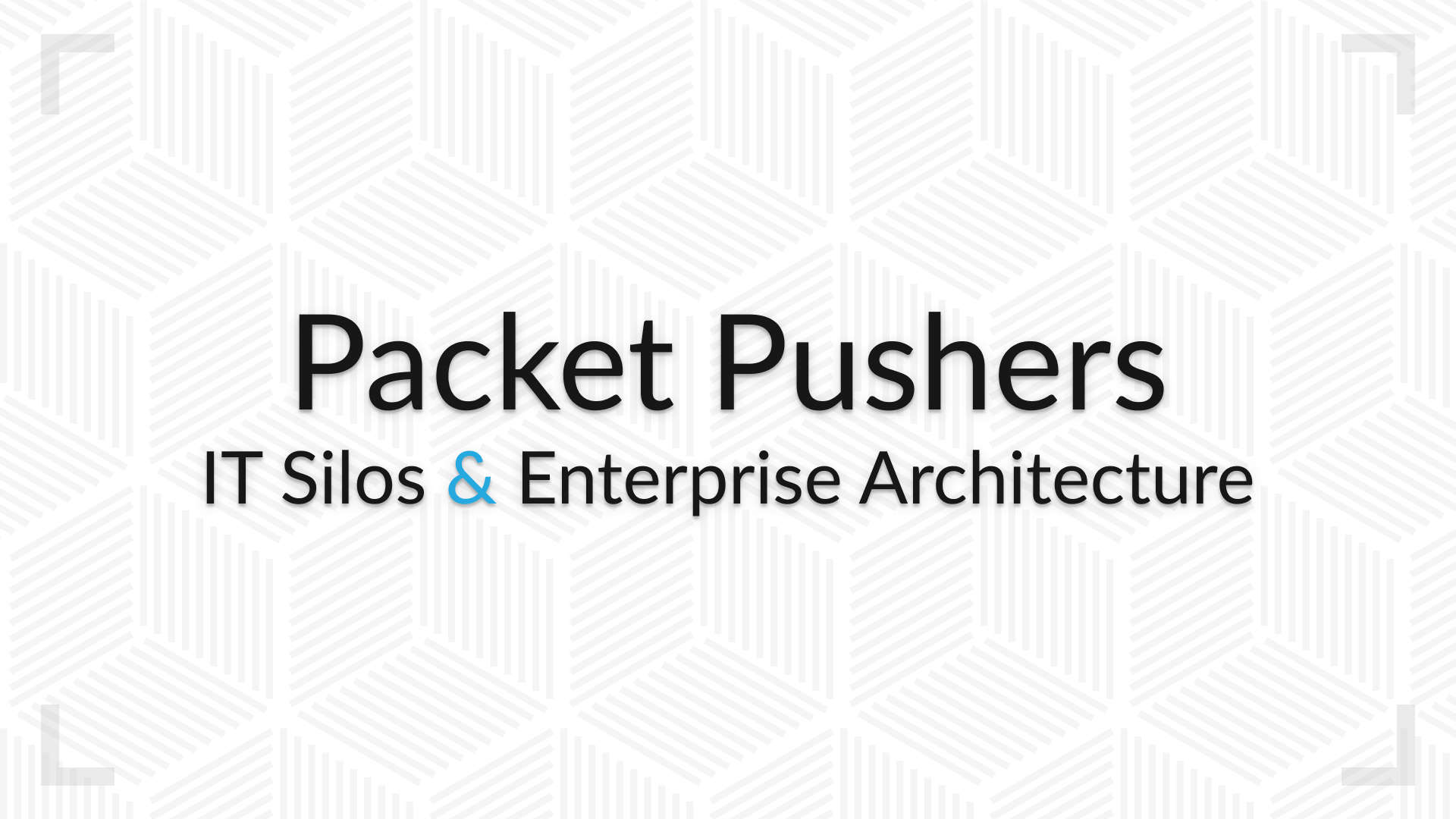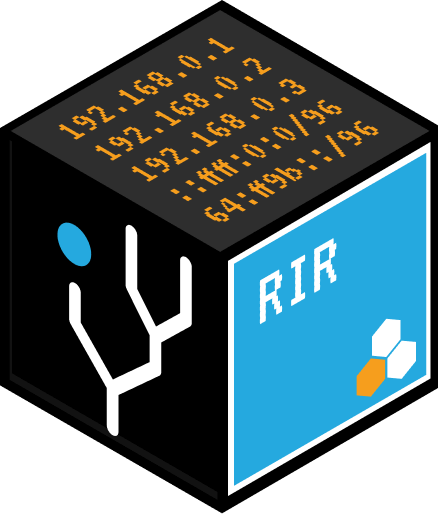
Let’s face it – implementing IT projects is a complicated business. It’s one thing to set a goal for a project and work through it successfully. It’s another thing to make sure the end result of that project aligns properly with the overall goals of the organization. If you have been struggling with the alignment of IT projects to your greater vision, investing time and effort into enterprise architecture is an important step to take.
This engaging topic was tackled in a recent episode of the Packet Pushers Heavy Strategy podcast. We’ll take an overview below, and feel free to listen to the show yourself for even more insight.
The Inherent Problem
A quality IT team will comprise many people who are well-versed in the technical aspects of implementing and maintaining technology in a corporation. Those same people, however, are not necessarily experts in understanding where the company needs to go and what role technology will play in that journey. Through enterprise architecture, the goal is to chart the course that these various IT experts can then follow as they develop projects and implement new tools or resources.
In our time at 6connect, we have run into this reality over the years, and it presents some unique challenges. Namely that education and communication are key to ensuring that both the architecture teams and operational teams are aligned – siloes are alive and well in enterprises of all sizes. This places a crucial importance when building enterprise architecture teams to not only get the right people, but ensure the right communication skills are honed. Otherwise the project is destined to stay locked in a diagram and never find a way into production.
Finding the Right People
There is a temptation when creating an enterprise architecture team to simply pick out the smartest people from each IT department and put them in a room to develop a strategy. That’s not always the right way to go, however. Success in this pursuit is as much about knowing how to work together with people as it is about having technical acumen in a given area. So, bringing IT together in a cohesive manner means utilizing the strongest communicators within each segment or silo to wind up with a team capable of building a clear vision.
In our 6connect experience, communication is paramount to project success. Typically a great communicator is the one that can both ask great questions to draw out the strategic elements, as well as know when to listen and absorb the bigger picture. Some of our best discussions in architecture meetings have come from topics brought up from unexpected sources. In one example, a customer of ours was reviewing an internal final draft of an architecture document and had shared it with us for feedback. As the customer was going through a big automation push, it hit a variety of topics and subject areas. The challenge was that in the review process, they had divided up the automation topic across several business areas, so every group documented their requirements independently. The downside was that the automation requirements were not processed one crucial step further, so there were many requirements that were in conflict or just didn’t make sense. Once a larger automation discussion could be had with the groups, the architecture requirements made sense and were curated into a useful output, but it caused plenty of raised eyebrows since automation best practices were so subjective in a large IT company.
A Foundation for Agility
It would be great if you could make plans for your IT department and then just see those plans through to the finish line with no changes or adjustments. But that’s not the real world. There are sure to be issues that come up along the way, or the priorities of the company may change and the whole department will have to pivot suddenly.
Through the use of enterprise architecture, you can better prepare your organization to ride these waves and come out on the other side. There will already be a structure in place to make decisions that consider the needs of everyone in the IT department, so starting from scratch to pull together a committee and solve problems won’t be necessary.
This aspect was one that resonated quite a bit with our 6connect experiences. So much of change in an enterprise relies on not just decision making – but informed decision making. Having plans figured out for change at enterprise scale is no small feat, but without the proper mechanisms to distribute the outputs of the decisions, any IT project will have some big challenges.
The Impact of Subscriptions
As every IT department fully understands, more and more tools and platforms are being sold on a subscription basis, rather than as a one-time purchase. While this format may come with some downsides for the user, it also offers the advantage of flexibility. Being able to change at any given interval – even as short as a month – means you can make changes easily if something isn’t working.
Of course, to know that something isn’t working, you need a team that covers the entire IT department and can collaborate on these kinds of discussions. That’s another role that enterprise architecture might play moving forward – as a tool to make timely, informed decisions about which vendors to continue using and which to leave in the past.
In our experience at 6connect, we have experienced this from a different perspective. We find that generally, these types of decisions are heavily guided/enforced by the CFO/Controller role at the organization. The other element with subscriptions is identifying vendors where your motivations are not at odds with each other. We default to subscription pricing as it seems to provide a reasonable motivation for both the customer and us as a vendor. One of the challenges with the conventional perpetual license model is that the customer will then minimize spending on support and maintenance. Spending less on support ends up costing more while reducing customer satisfaction. If it is time to upgrade and the support contract has lapsed, getting (and keeping) the customer current is challenging. We have found that subscription-based customers tend to upgrade the most frequently and are therefore more likely to engage our team and ask questions when needed. By utilizing subscriptions, it has allowed us to scale up our support response, and also ensure we maintain active relationships with customers.
Implementing enterprise architecture planning can be intimidating at first, and the initial efforts might not feel like they are worth the hassle. Over time, however, the process can be refined and valuable results can be extracted that will better serve both the IT department and the business as a whole. Hopefully some of our 6connect experiences provided some additional insights into why we thought this podcast would be of interest to our readers.







